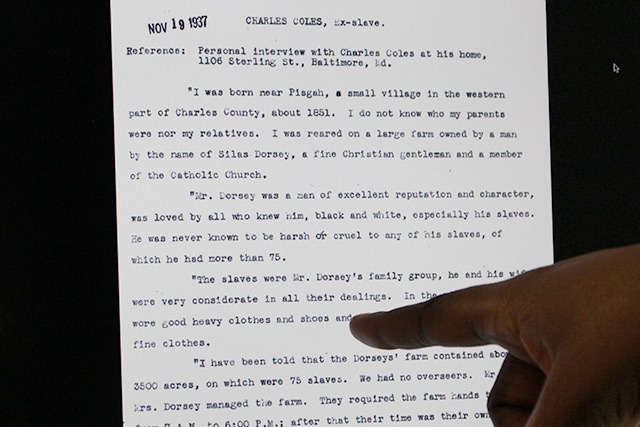Learn It

Sourcing a document helps to identify and evaluate the author's purpose in producing a document. It is the first step in historical thinking.
Identifying Great Sources
Mr. Lexington says that some historical sources are better than others. Every source has some good things and some bad things about it. Was it made by someone who knew what was happening? Was it made during the right time period? It's our job to evaluate the usefulness of a document, but where do we begin? We start by sourcing a document.
Historians source a document by asking five simple questions. Mr. Lexington can tell you more about it.
 "The five questions you should ask when sourcing a historical document are: Who made it, and who was the audience? What is it? Where, when, and why was it made?"
"The five questions you should ask when sourcing a historical document are: Who made it, and who was the audience? What is it? Where, when, and why was it made?"
That seems pretty easy, right? Let’s see how those questions work with the story that Charles Coles told about his life as a slave in southern Maryland. Listen as I read the beginning of his story told on November 15, 1937. He was 86 years old!
“I was born near Pisgah, a small village in the western part of Charles County, about 1851. I do not know who my parents were nor my relatives. I was reared on a large farm owned by a man by the name of Silas Dorsey, a fine Christian gentleman and a member of the Catholic Church.”
- (1936) Federal Writers' Project: Slave Narrative Project, Vol. 8, Maryland, Brooks-Williams. [Manuscript/Mixed Material] Retrieved from the Library of Congress..










